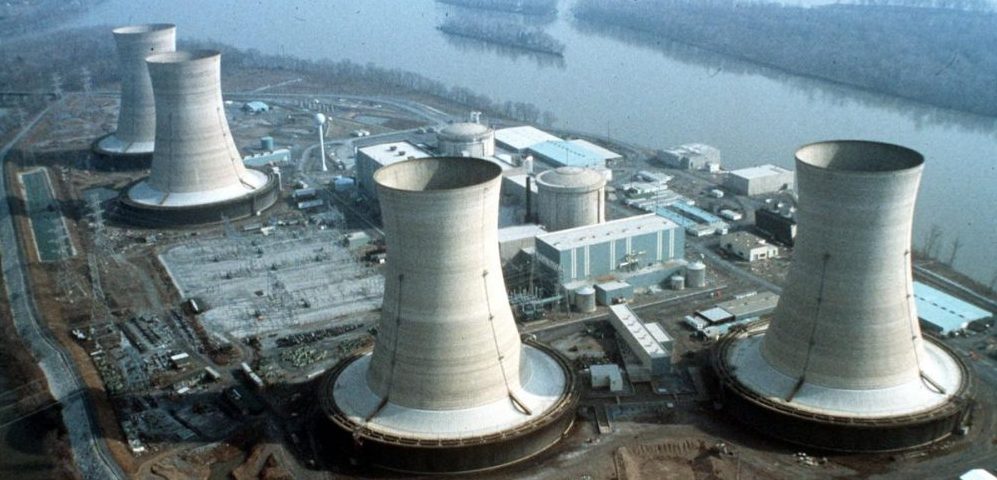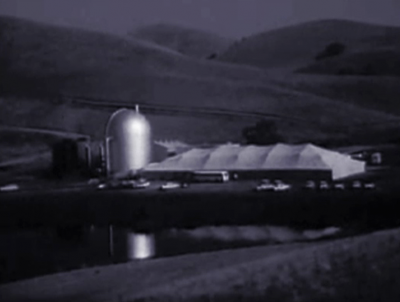
1. Stages of development of nuclear legislation
This stage is characterized by the type and scope of the use of nuclear energy, that, its use in medicine and industry, during this period. Regulations are designed to protect personnel working with sources of radiation. National legislation emerges in different countries that include monitoring to ensure the safe use of radioactive substances and X-rays.
The second phase (1945 to 1986) corresponds to the beginning of the use of practicaluse of nuclear energy and the first nuclear energy (1945-1953) primarily for military purposes.The world’s nuclear powers refused to engage in international cooperation in this sphere, which had an impact on the nature of the atomiclegislation of the period.Typical examples of this kind of legislation are the U.S. Atomic Energy Act of 1946and Canada’s law on the regulation of atomic energy in 1946.
During the period of 1953-1954, international cooperation emergedamong nuclear and non-nuclear powers in the sphere of nuclear energy.The decisive factor was the use of private capital at all stages of the nuclear fuel cycle, creating favorable conditions for the privatization of the nuclear energycycle, and facilitating the emergence of large monopolies, and their activity in external markets.A characteristic feature of the nuclear industry this period is a close intertwining of public and of private property, and the creation of transnational corporations.
In accordance with this development, legislation changed.Legal regulationsto promote the development ofindustrial uses of nuclear energyemerged.This includes theU.S. Atomic Energy Act of 1954with subsequent amendments (1954-1964).
A third period from1986 to the present time has been characterized by the adoption of a set of regulations regarding the safe use of nuclear energy.It was during this period thatRussian legislation emergd in the field of nuclear energy. The first in Russia was the Federal Law “On the use of atomic energy,”dated November 21, 1995, № 170-FZ.
The law provided the legal framework and general principles for the regulation of relations arising from the use of nuclear energy for peaceful and military purposes (except for activities related to the design, construction, testing, operation, and disposal of nuclear weapons and nuclear power plants for military purposes).
This was followed by the Federal Law “On radiation safety,” dated January 9, 1996, №3-FZ and the Federal Law “On the financing of special radiation-hazardous and dangerous nuclear plants and facilities,” dated April 3, 1996, № 29-FZ; in addition, there followed the Law of the RSFSR of June 18, 1992, “On social protection of citizens exposed to radiation as a result of the Chernobyl disaster”;the Federal Law dated November 26, 1998,№ 175-FZ “On social protection of Russian citizens exposed to radiation as a result of the accident in 1957 at the production plant ‘Mayak’ and discharges of radioactive waste into the Techa River” and others.

The second phase (1945 to 1986) corresponds to the beginning of the use of practicaluse of nuclear energy and the first nuclear energy (1945-1953) primarily for military purposes.The world’s nuclear powers refused to engage in international cooperation in this sphere, which had an impact on the nature of the atomiclegislation of the period.Typical examples of this kind of legislation are the U.S. Atomic Energy Act of 1946and Canada’s law on the regulation of atomic energy in 1946.
During the period of 1953-1954, international cooperation emergedamong nuclear and non-nuclear powers in the sphere of nuclear energy.The decisive factor was the use of private capital at all stages of the nuclear fuel cycle, creating favorable conditions for the privatization of the nuclear energycycle, and facilitating the emergence of large monopolies, and their activity in external markets.A characteristic feature of the nuclear industry this period is a close intertwining of public and of private property, and the creation of transnational corporations.
In accordance with this development, legislation changed.Legal regulationsto promote the development ofindustrial uses of nuclear energyemerged.This includes theU.S. Atomic Energy Act of 1954with subsequent amendments (1954-1964).
A third period from1986 to the present time has been characterized by the adoption of a set of regulations regarding the safe use of nuclear energy.It was during this period thatRussian legislation emergd in the field of nuclear energy. The first in Russia was the Federal Law “On the use of atomic energy,”dated November 21, 1995, № 170-FZ.
The law provided the legal framework and general principles for the regulation of relations arising from the use of nuclear energy for peaceful and military purposes (except for activities related to the design, construction, testing, operation, and disposal of nuclear weapons and nuclear power plants for military purposes).
This was followed by the Federal Law “On radiation safety,” dated January 9, 1996, №3-FZ and the Federal Law “On the financing of special radiation-hazardous and dangerous nuclear plants and facilities,” dated April 3, 1996, № 29-FZ; in addition, there followed the Law of the RSFSR of June 18, 1992, “On social protection of citizens exposed to radiation as a result of the Chernobyl disaster”;the Federal Law dated November 26, 1998,№ 175-FZ “On social protection of Russian citizens exposed to radiation as a result of the accident in 1957 at the production plant ‘Mayak’ and discharges of radioactive waste into the Techa River” and others.
This topic describes the legal mechanisms that regulate the safety of nuclear technology, including the decommissioning of nuclear facilities. Those laws and regulations of the countries that pioneered the use of nuclear technology, the U.S. and Russia, are covered
Lectures on this topic:
- 1. Stages of development of nuclear legislation
- 2. Directions of development of nuclear legislation
- 3. Constitution of the Russian Federation as a source of atomic legislation
- 4. Federal laws and laws of subjects of the Russian Federation as a source of nuclear legislation
- 5. Laws and regulations as a basis of nuclear legislation
- 6. The role of the judicial practice in the application of nuclear law
TOPIC OF COURSE
- Topic 01. Current condition of nuclear energy
- Topic 02. Legislation in the US and in Russia
- Topic 03. International law in the sphere of decommissioning
- Topic 04. Role of the national regulators in the decommissioning process
- Topic 05. Possible approaches and scenarios of decommissioning
- Topic 06. Existing experience of decommissioning
- Topic 07. Strategy for handling radioactive waste (RW) and spent nuclear fuel (SNF) USA experience
- Topic 08. Strategy for handling RW and SNF Russian experience & other countries
- Topic 09. Social aspects of decommissioning
- Topic 10. International and inter-regional cooperation for safe decommissioning